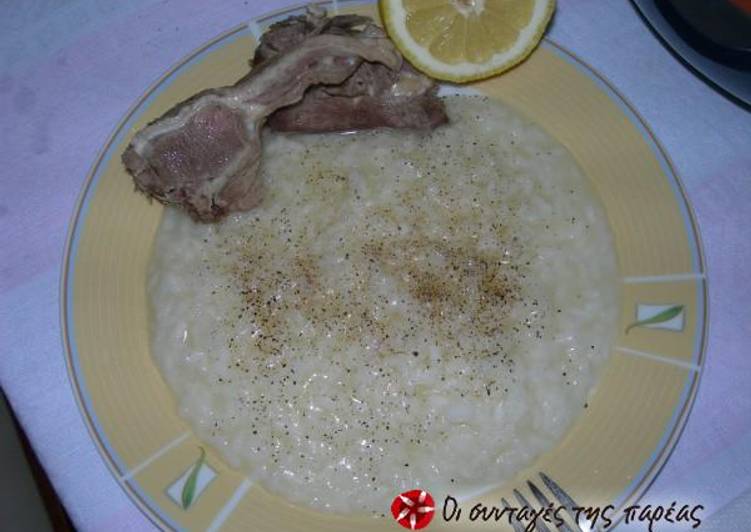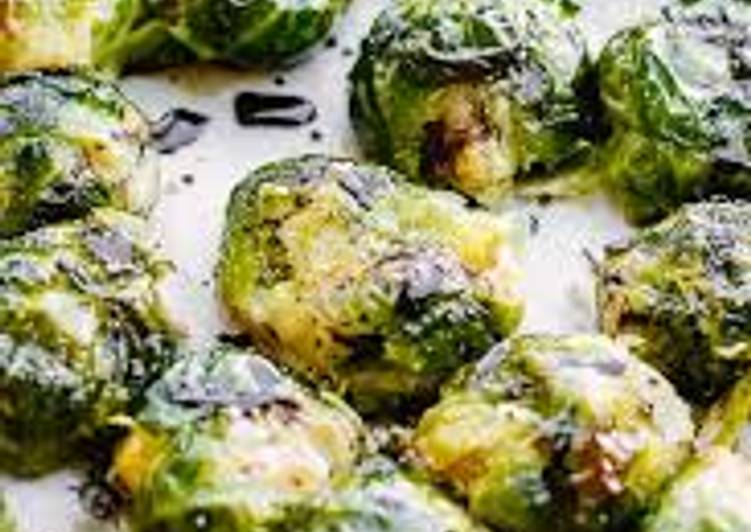
Hey everyone, it’s Louise, welcome to my recipe site. Today, we’re going to make a special dish, gamopilafo (wedding pilaf). One of my favorites. For mine, I will make it a bit tasty. This will be really delicious.
Gamopilafo is also known as wedding rice, referring to the fact that the dish was only prepared and enjoyed on special occasions. Though it is usually associated with Crete, it is popular throughout the country and is still mainly reserved for special occasions and various festivities. When they are done, remove the pieces of meat, strain the stock and season them with salt and pepper. Traditionally, this rice is served at Cretan weddings usually made with a combo of goat or lamb and rooster to make the stock.
Gamopilafo (wedding pilaf) is one of the most popular of current trending foods on earth. It’s appreciated by millions every day. It is simple, it is quick, it tastes delicious. Gamopilafo (wedding pilaf) is something which I’ve loved my whole life. They are nice and they look wonderful.
To begin with this recipe, we must prepare a few components. You can cook gamopilafo (wedding pilaf) using 7 ingredients and 5 steps. Here is how you cook it.
The ingredients needed to make Gamopilafo (wedding pilaf):
- Make ready 1 kg lamb meat
- Prepare 1,5 kg chicken (1 chicken)
- Take 2 cups long grain white rice
- Prepare 2 tbsp stakovoutiro (traditional Cretan butter from goat's milk)
- Prepare allspice
- Make ready 1/4 cup lemon juice
- Prepare salt, pepper in grains
Gamopilafo (Greek Wedding Rice, Γαμοπίλαφο, Κρητικό πιλάφι) This complex Greek dish couples rice and various types of meat such as goat, lamb, veal, chicken, and occasionally pork. The meat is cooked separately, while the broth is later used to cook the rice, which is additionally flavored with lemon juice and generous. Gamopilafo, with its name deriving from the combination of the words ' gamos ' and ' pilafi ' -translating to 'wedding' and 'rice' in Greek- is a traditional Greek wedding dish served in most regions of Crete as the celebratory main course. Wedding rice is called gamopilafo (gamos is wedding, pilafi is pilaf).
Steps to make Gamopilafo (wedding pilaf):
- Wash the meats thoroughly and boil them together over low heat for about 2 hours, adding a tbsp of salt to the water as well as the pepper.
- When they are done, remove the pieces of meat, strain the stock and season them with salt and pepper.
- Measure the stock, for every 3 cups of stock you need 1 cup of rice. Boil the strained stock once more and add the rice, over medium heat, stirring so that it doesn't stick until it absorbs all the juice (about 15-20 minutes). Add 1/4 cup of lemon juice to the rice just before it is completely done.
- Brown the stakovoutiro in a small pot, remove the pot from heat and pour it over the rice setting it aside for 5 minutes covered with a towel.
- The meat and rice are served seperately.
Gamopilafo, with its name deriving from the combination of the words ' gamos ' and ' pilafi ' -translating to 'wedding' and 'rice' in Greek- is a traditional Greek wedding dish served in most regions of Crete as the celebratory main course. Wedding rice is called gamopilafo (gamos is wedding, pilafi is pilaf). Older Greek cooks still make a fuss when making rice pilafs for a traditional Sunday family meal, pressing it into molds and presenting it with fanfare. Pilaf, pilau, palaw, pulao or polao is a rice dish or, in some regions, a wheat dish, whose recipe usually involves cooking in stock or broth, adding spices, and other ingredients such as vegetables or meat, and employing some technique for achieving cooked grains that do not adhere. At the time of the Abbasid Caliphate, such methods of cooking rice at first spread through a vast territory.
So that’s going to wrap this up for this special food gamopilafo (wedding pilaf) recipe. Thank you very much for reading. I’m confident you will make this at home. There is gonna be more interesting food at home recipes coming up. Don’t forget to bookmark this page on your browser, and share it to your family, colleague and friends. Thanks again for reading. Go on get cooking!

